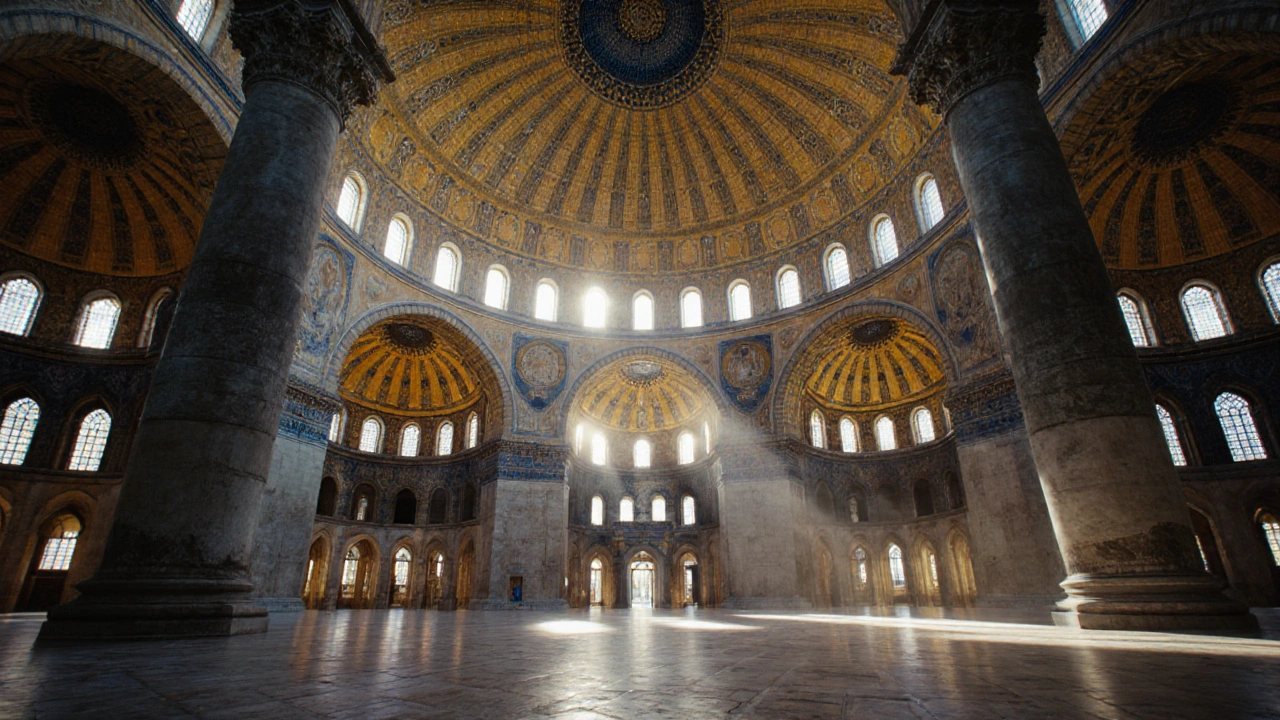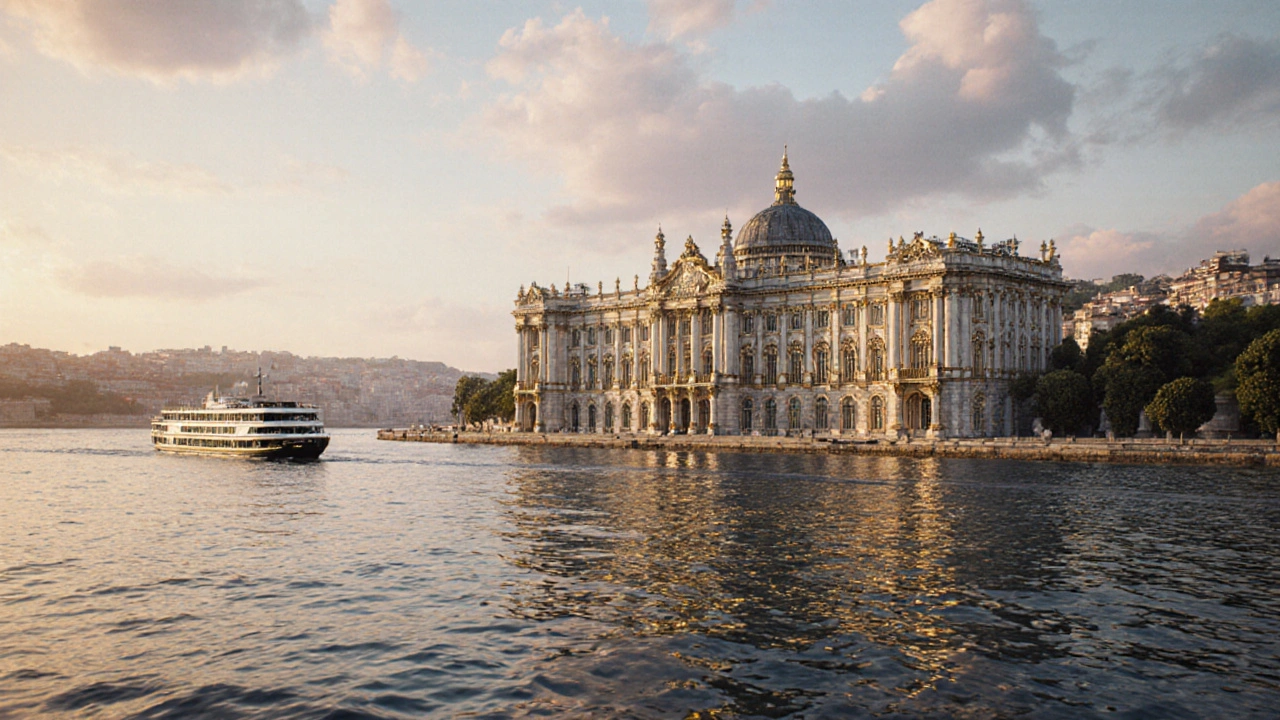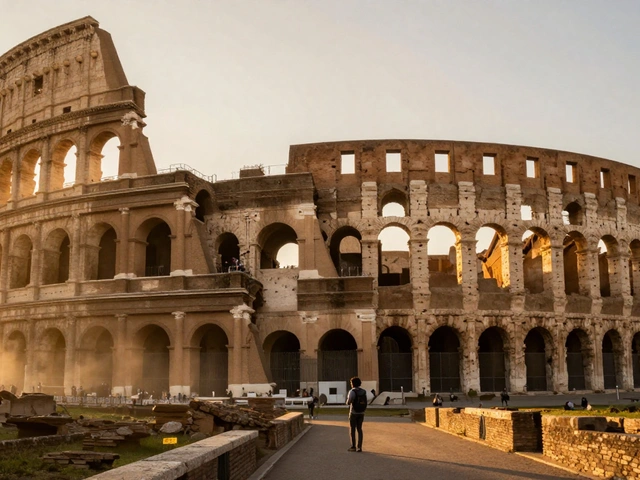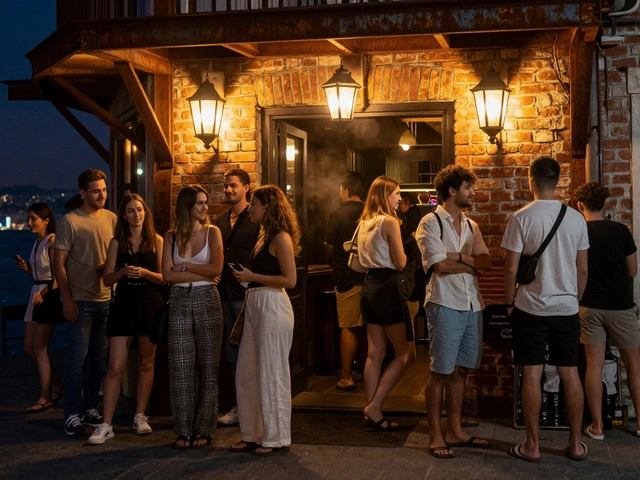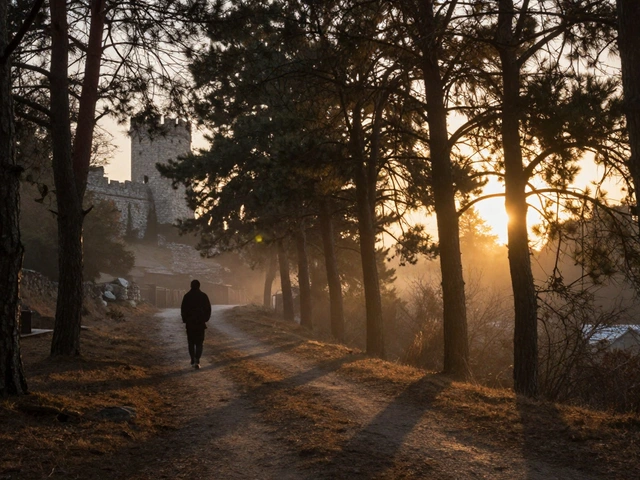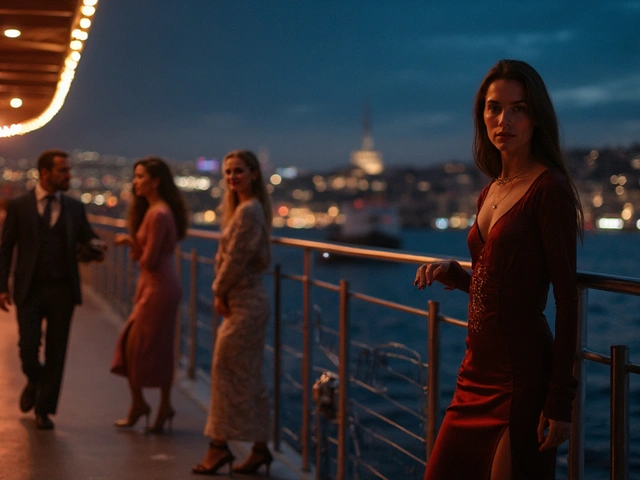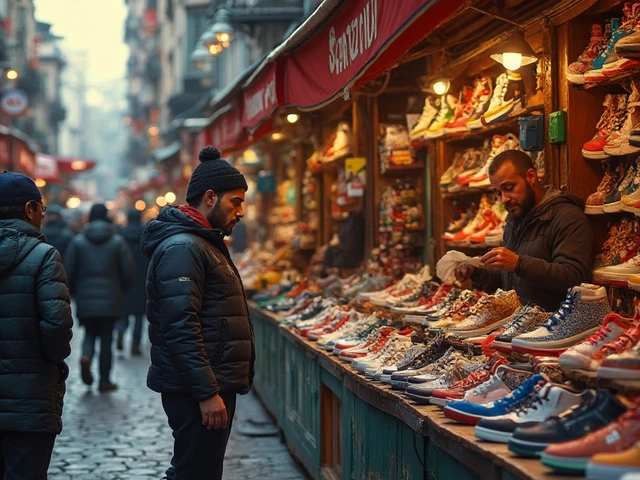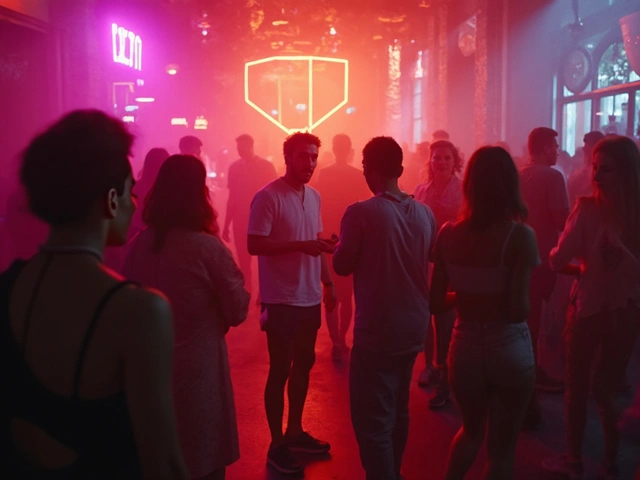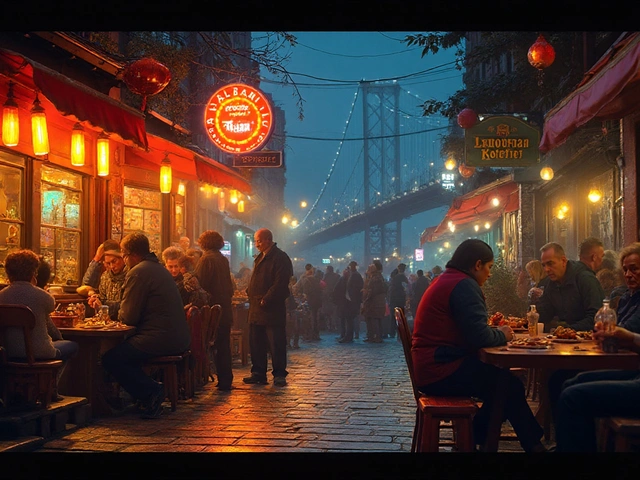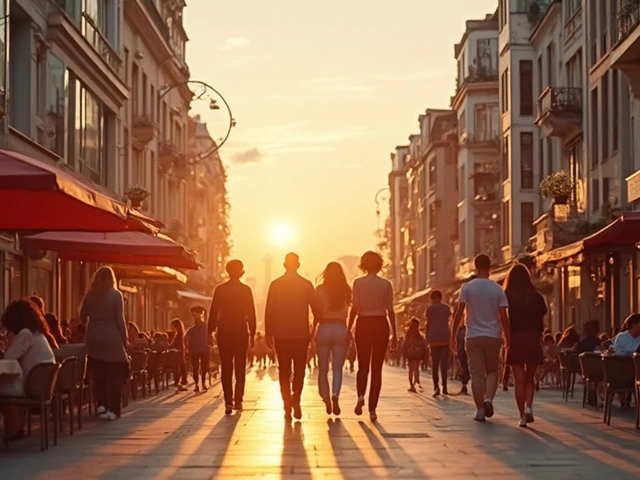Ottoman Architecture in Istanbul: Historic Palaces, Mosques, and Hidden Details
When you walk through Istanbul’s old city, you’re surrounded by Ottoman architecture, a style that blended Islamic, Byzantine, and Persian influences into grand, functional spaces that still define the city today. Also known as Turkish imperial architecture, it’s not just about domes and minarets—it’s about how space, light, and symmetry were used to create places of power, prayer, and daily life. This style didn’t just appear overnight. It evolved over 600 years, shaped by sultans who wanted their cities to reflect divine order and earthly authority. The result? Buildings that still stop people in their tracks, even now.
Two names come up again and again when you talk about this style: Topkapi Palace, the sprawling imperial complex where sultans lived, ruled, and kept their treasures. Also known as the Seraglio, it’s not one building but a whole city within a city, with courtyards, harem quarters, and armories all connected by narrow stone paths. Then there’s the Blue Mosque, a mosque built to rival the nearby Hagia Sophia, with six minarets and over 20,000 hand-painted tiles that glow blue in the sunlight. Also known as Sultan Ahmed Mosque, it’s where prayer and art became one. These aren’t just tourist stops—they’re living examples of how Ottoman builders used geometry, materials, and light to make people feel awe, not just admire beauty.
You’ll find Ottoman architecture everywhere in Sultanahmet, from the grand fountains that once provided clean water to the humble schools where children learned the Quran. Even the arches over old bazaars, the thick stone walls of caravanserais, and the tiled rooftops of modest homes follow the same design rules: balance, repetition, and quiet elegance. The style didn’t need to shout. It just needed to last.
What makes these buildings so powerful today isn’t just their age—it’s how they still work. The Blue Mosque’s dome still channels natural light to highlight prayer areas. Topkapi’s courtyards still guide movement like a well-designed city street. These aren’t museum pieces. They’re functional masterpieces built by people who understood materials, climate, and human behavior better than most modern architects.
Below, you’ll find real guides from locals and visitors who’ve walked these halls, stood in these courtyards, and noticed the tiny details most tours miss. Whether you’re planning your first trip or you’ve lived here for years, you’ll find something new—whether it’s the hidden inscription above a doorway, the best time to photograph the palace without crowds, or why the Blue Mosque’s tiles change color as the sun moves.
